
In today’s digital landscape, businesses are embracing innovative approaches to enhance their operations and maximize their reach. One such strategy gaining momentum is the utilization of multi-cloud architecture. DNS being the most critical piece in the puzzle, it is very important to ensure that the right strategy is used to set up the DNS Infra to ensure DNS systems are not choking the business. The powerful combination of Multicloud and DNS Zone delegation not only offers enhanced reliability and flexibility but also empowers businesses to thrive in a rapidly evolving technological ecosystem.
Multi-cloud architecture involves the strategic distribution of workloads, applications, and data across multiple cloud service providers. This approach offers several benefits that contribute to business success:
- Redundancy and Reliability: By spreading resources across different cloud platforms, businesses can ensure redundancy and high availability. In the event of a service outage or performance issue with one provider, applications can seamlessly switch to another, minimizing downtime and maintaining a consistent user experience.
- Optimized Performance: Different cloud providers have unique strengths, and businesses can leverage this diversity to optimize performance for specific workloads. For instance, resource-intensive applications can be hosted on a provider known for high computing power, while data-intensive tasks can be directed to a provider with robust storage solutions
- Cost Efficiency: Multi-cloud strategy allows businesses to select the most cost-effective services for each component of their operations. This flexibility prevents vendor lock-in and empowers organizations to balance performance and cost according to their needs.
Zone delegation, on the other hand, involves assigning different DNS providers for specific subdomains within a domain.
- Tailored DNS Management: By delegating subdomains to specialized DNS providers, businesses can align their DNS management with the unique requirements of each subdomain. This ensures that critical subdomains, such as image hosting or APIs, are supported by the best-fit DNS provider.
- Reduced Latency: Geographically dispersed DNS servers provided by different vendors can lead to reduced latency and faster response times for users accessing specific subdomains. This is particularly advantageous for applications requiring real-time interaction.
- Enhanced Security: Zone delegation enables businesses to implement diverse security measures for different subdomains. Providers with robust security features can be chosen for sensitive operations, fortifying the overall security posture.
Now let’s look at how to use multi-cloud paradigm for a DNS zone iamacmp.xyz. I shall use zone delegation feature and host different subdomains in different DNS Vendors.
I purchased a DNS domain iamacmp.xyz from Godaddy and by default, it provides Authoritative Nameservers to host the zone. As shown in the diagram, I used Akamai Linode, Akamai EDNS and Azure DNS to host subdomains of iamacmp.xyz
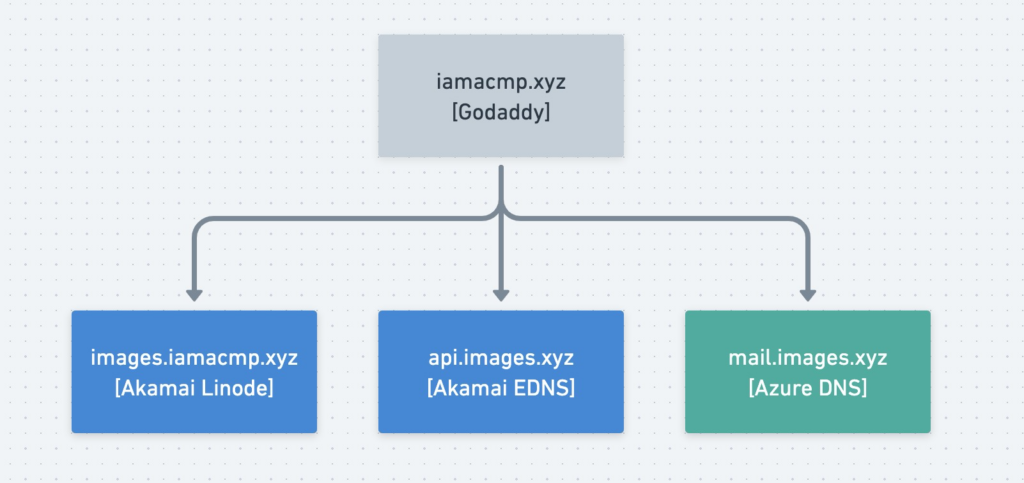
Create a Zone[images.iamacmp.xyz] in Linode Cloud
Open cloud.linode.com and click on Domain in the left pane. Create a new zone and add records as shown below.
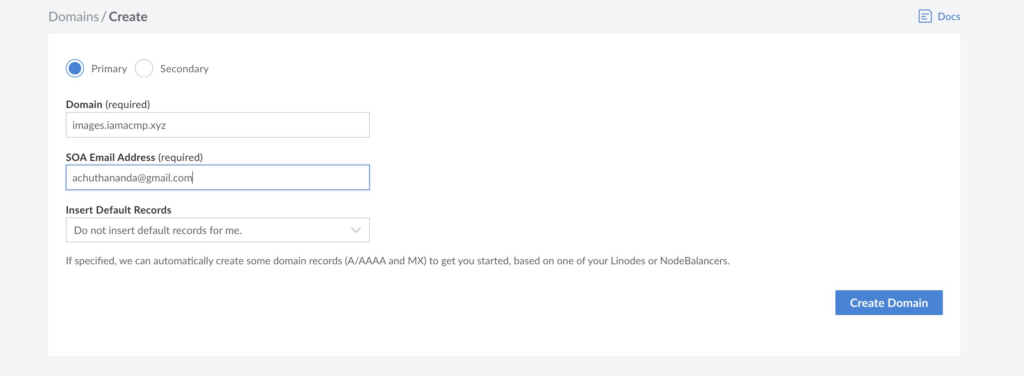

Create a Zone[api.iamacmp.xyz] in Akamai EDNS
In control.akamai.com you can create a new EDNS Zone.
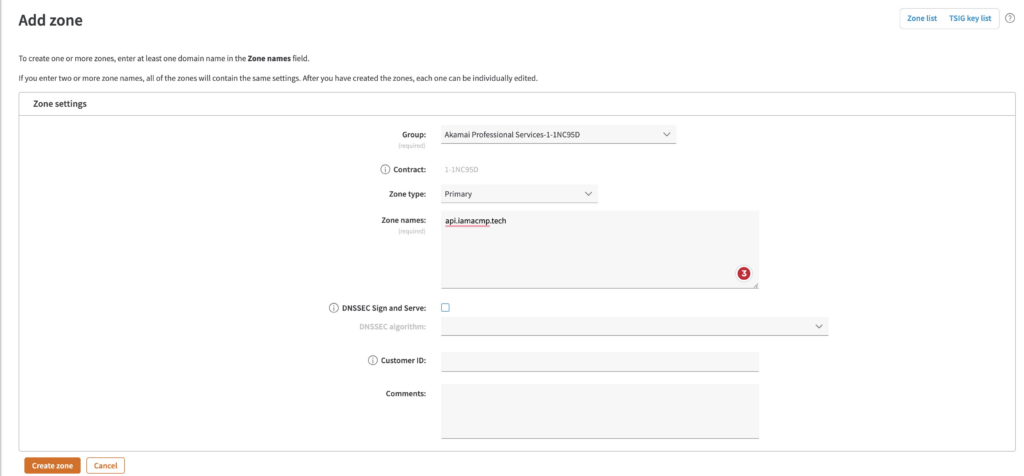

Create a Zone[mail.iamacmp.xyz] in Azure DNS Zone
In portal.azure.com, create a new DNS domain and add records under the subdomain.
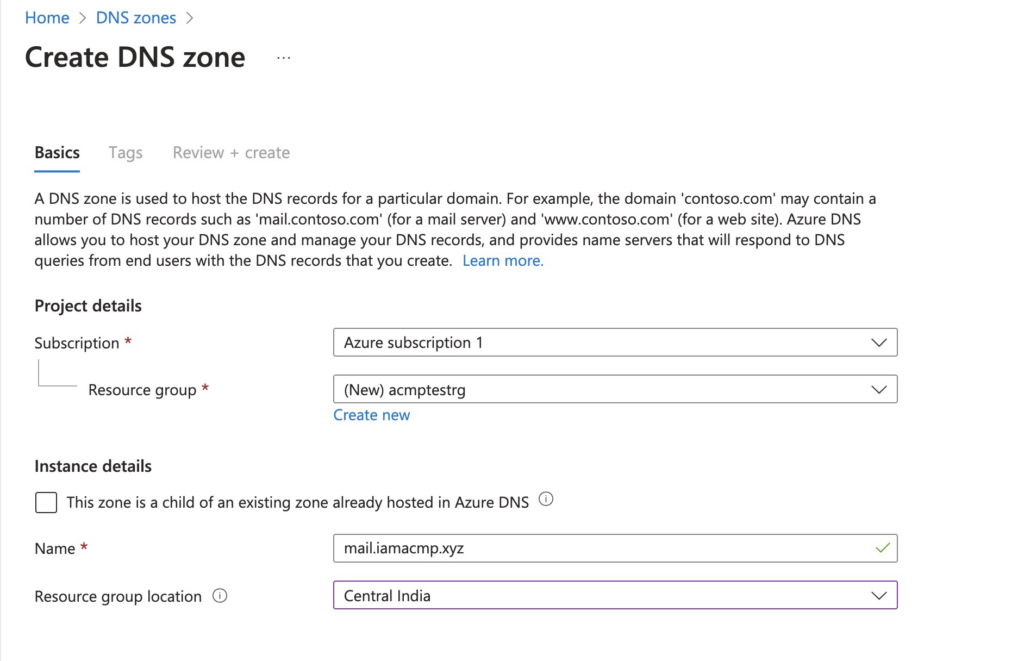
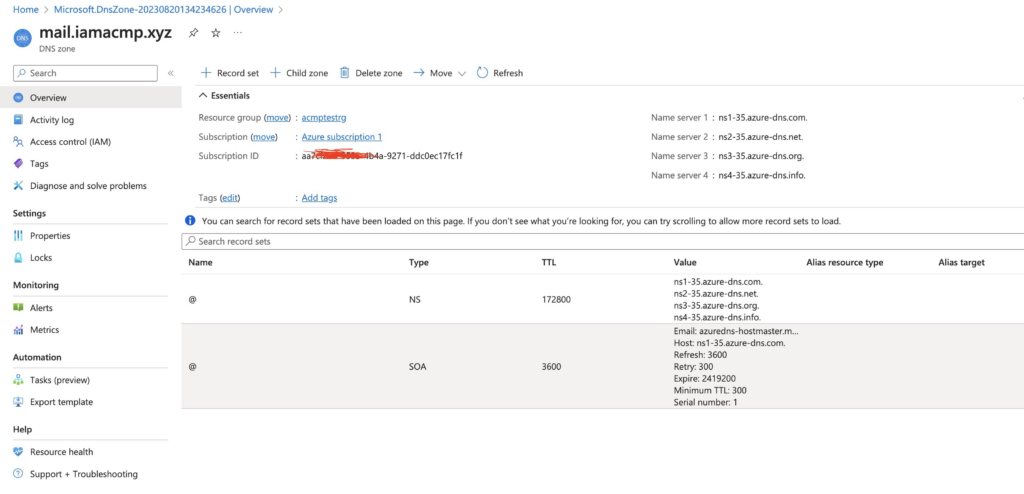

Add NS Records:
Each DNS Provider will have its own NS servers and create NS records in the Primary zone hosted in Godaddy.
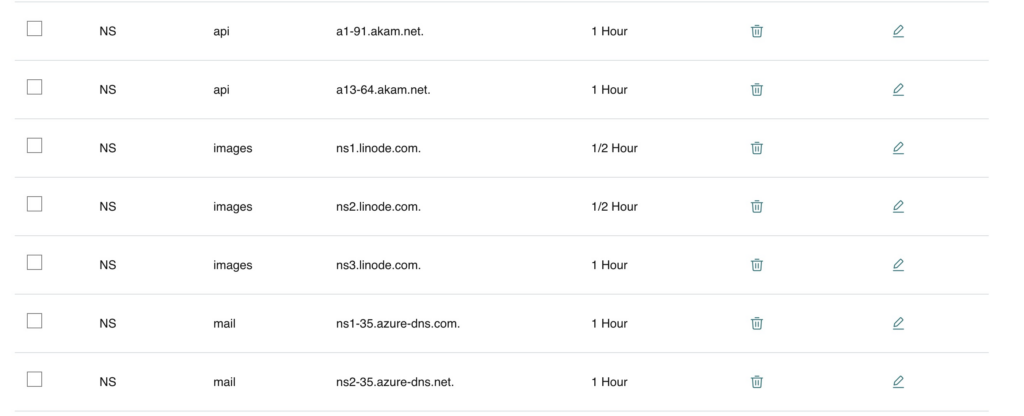
Test DNS Resolution:

In conclusion, the marriage of multi-cloud architecture and zone delegation presents a compelling strategy for businesses aiming to excel in today’s dynamic digital environment. By harnessing the strengths of multiple cloud providers and tailoring DNS management to the unique requirements of subdomains, organizations can achieve heightened reliability, performance, and security. As the business landscape continues to evolve, embracing this synergistic approach can position businesses for sustained growth and success.